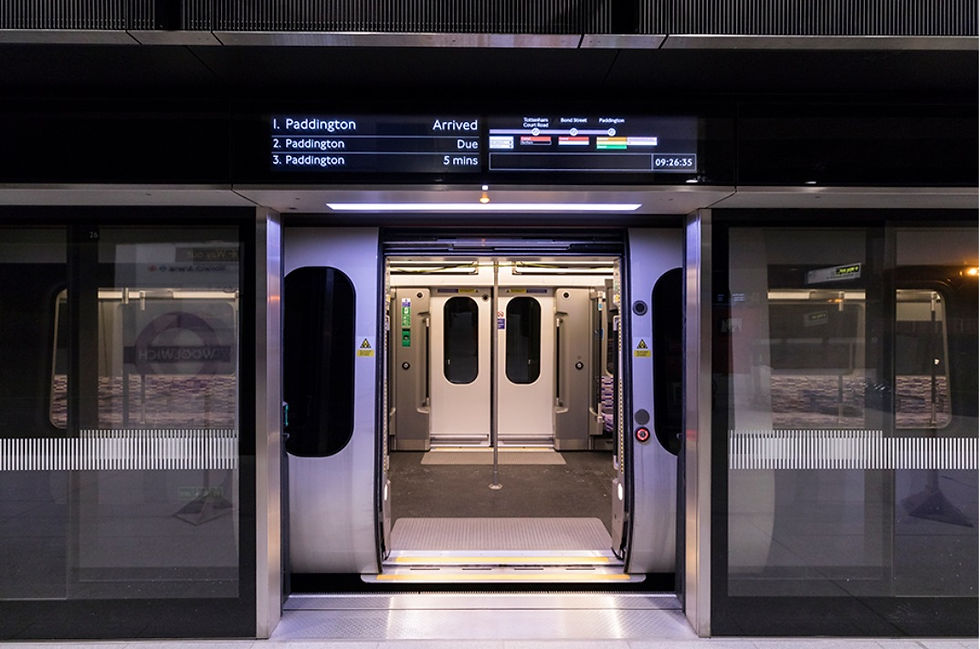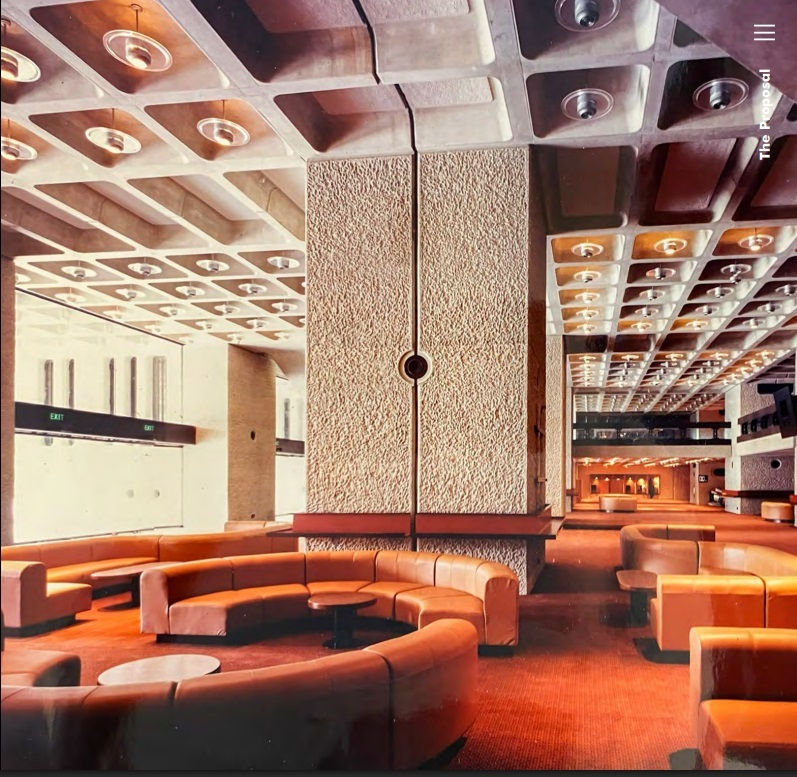Platinum Line
- Chris Rogers

- Feb 8, 2022
- 3 min read
Yesterday journalists got their first official look at the completed Elizabeth Line, thirteen and a half years after work on the new cross-London railway began; the central section will open this summer as a shuttle, with through-running on the entire line due by the autumn. But given the route still won’t have a useable station at one key location even then, is more than three years late overall and has gone £4 billion over budget, it seems appropriate that the monarch after whom the line is named will this same year be marking a jubilee named after the most expensive metal on earth…

Joking aside people will be pleased to see both Her Majesty and Elizabeth line trains passing through the capital in June, though the latter will be the novelty because whilst passengers have been travelling on the new rolling stock from Reading and Heathrow in the west and Shenfield in the east for a while now, they’ve only been able to do so as far Paddington and Liverpool Street respectively. The ‘missing’ stations in between – Bond Street, Tottenham Court Road and Farringdon – are still subject to trials that check operations, safety and reliability, with the first of those proving so troublesome thanks to a range of specific issues that it is, on its own, costing hundreds of millions more than planned and so many months late it has been ‘decoupled’ from the rest of the programme. The others should by June be bringing commuters and shoppers to the West End, Midtown and Clerkenwell, albeit a change of trains will be required if they are coming from the line’s home counties stations. Only at the end of the year are the final barriers due to be removed so that it will at last be possible to travel non-stop from one side of London to the other, ensuring Crossrail lives up to its original name.
It’s been eleven years since I wrote an early, tentative assessment of the Crossrail station designs and I’ve avoided the subject ever since, save the odd comment here and there and more pointed airing where feasible of my grievance over the scale of demolition required to overlay the railway on London’s existing built environment. That isn’t to say I didn’t have my views on the idea or its execution – just how quickly can you enter or exit a station with those very deep platforms, for example, or do we really need them to be so long and double-ended – but it seemed too remote a prospect to have much impact way back then. In fact I’d actually been following the project since the nineties, building a nice collection of glossy brochures and leaflets, so I can perhaps be forgiven for not engaging too early even before the many problems that have delayed the scheme emerged. That said in the years since I haven’t b(l)agged a visit to any of the construction sites, spoken to anyone involved nor even bought some of the books on the subject that have already been published.
Now, though, it’s time to redress that imbalance and get ready for some proper writing on the Elizabeth line and, yes, what has been lost to get us this far. I won’t be talking about the route, the rails or the signals, nor the politics, the funding or the timescale (one press article today mentions “a secret bit of extra tunnel between the platforms of Tottenham Court Road” that has been retained for Crossrail 2, just in case – now that’s optimism…) but I will be looking at the engineering, the architecture and the design. I won’t be pulling any punches either, since seventy years of unwavering public service has already been achieved by one Elizabeth and we surely deserve as much from another.



Comments